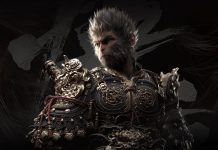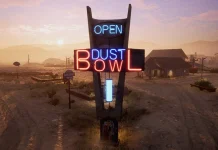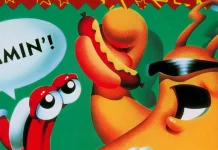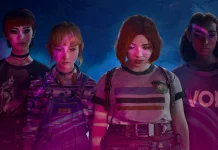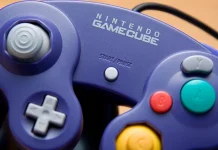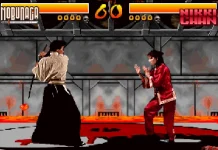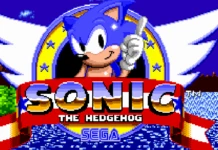In the face of ongoing competition between Xbox and PlayStation, veterans think back to the 1980s and 1990s, when a fierce - and sometimes unfair - battle was fought for dominance of the gaming market. It was the legendary Sega vs. Nintendo war.
At the time, it seemed endless. The antagonists would fight forever, like Coca-Cola vs. Pepsi, until one (or both) broke. After all these years, with Sega putting Sonic on Nintendo machines, the term "war" may seem ridiculous.
But those who played in those bellicose times remember the ads, provocations, simultaneous releases to seduce players from the rival machine. Each fan would be on their own barricade, with all forces and arguments defending their side. Basically, the fanboys of the past, just a little less hostile than current ones - maybe because there wasn't a social media, so you couldn't be hostile in front of a screen. The discussion would be face to face at the video store, at school.
Anyone who liked Mario despised Sega. Their consoles were crap, the games were ugly, and besides, they didn't have RPGs. On the other hand, those who liked Sega hated Nintendo, their legendary growing up tricks, the excess of children's games and, later, the incompetence in developing a platform for CD-ROM games, like the "mighty" Sega CD.
The Battle of the 8-Bit
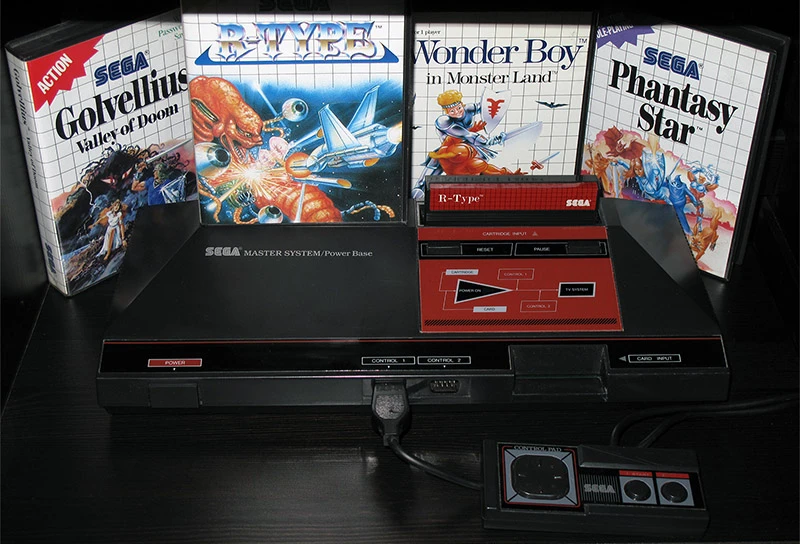
The dispute started lukewarm in 1985. Developed as an evolution of the company's first project, the SG1000, the Sega Mark III was born, the embryo of the Master System. By "dispute", understand markets like the European and Brazilian, where Nintendo's claws have not reached.
Claws? Yes, Nintendo's infamous US commercial monopoly. "Agreements" between Nintendo and NES-licensed softhouses prevented them from working for competitors. The Master System development mission was almost exclusively in Sega's hands.
A quasi-dictatorship, with Nintendo basically saying "it's either me or them" to developers. Since the NES had almost complete control of the market, no one could say no, it would be commercial suicide. It wasn't a real choice.
That way, their 8-bit had a clear path to go, featuring games and characters that would go straight into the story, like Mario, Zelda and Metroid.
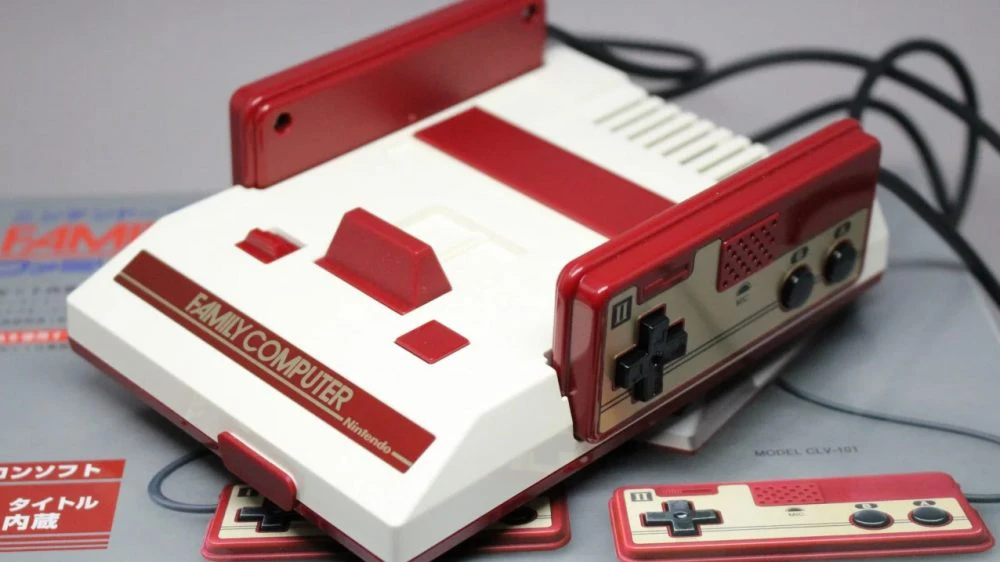
Meanwhile, the Master System has run out of games, the fuel to play games on any console. Despite being more advanced and with greater potential to receive good titles, it was almost exclusively linked to the brilliant Phantasy Star: one of the primordial Japanese RPGs, it was translated into Portuguese by the Tectoy team, becoming quite popular in Brazil.
The dispute with the Master System shook just a little the domain of the 8-bit NES, which appeared in 1983 as the Famicom in Japan. With the official absence of Nintendo until around 1993, Brazilians only had cloNES, like the Phantom System, Hi -Top Game and Bit System.
Nothing close enough to scratch the NES globally. In Japan, Nintendo also won, largely due to the other's deficiency in RPGs besides Phantasy Star; Japanese gamers love roleplaying and the NES offered a lot.
In 8-bit war, Mario won easily. But the battle had just begun...
The Battle of 16-Bit
Sega Strikes Back
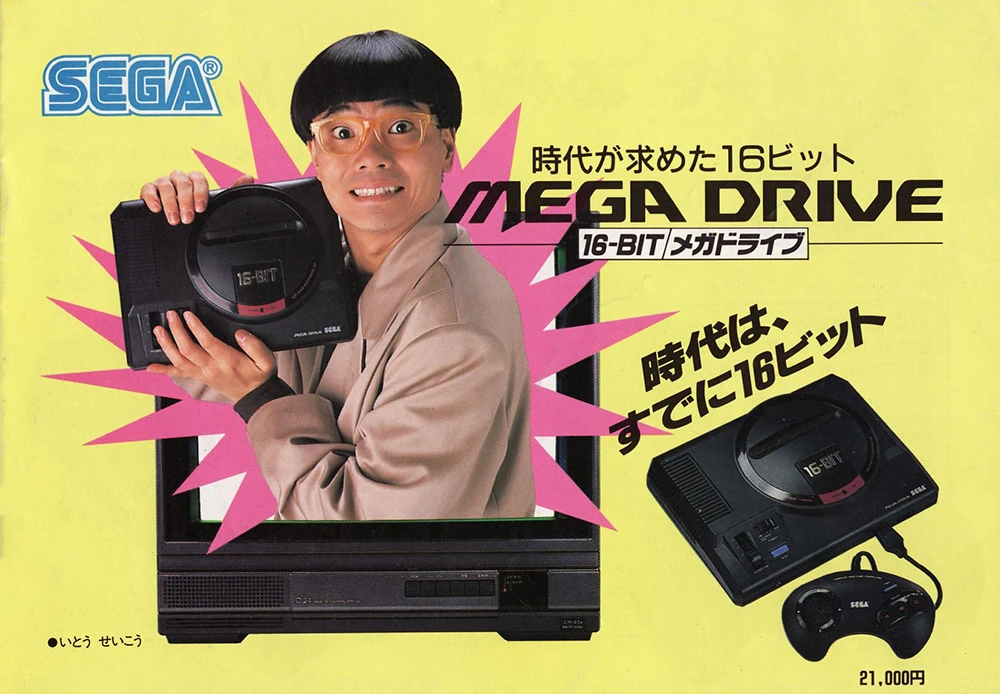
With the end of the "agreements" between Nintendo and developers (by judicial intervention), Sega's life would not be so hard for the next front: a powerful new console to overcome the American failure of the Master System.
Following the path of NEC and its TurboGrafx-16, which had a 16-bit graphics processor, the Mega Drive came with the initial intention of defeating the then-dominant NES. Far superior to Nintendo's tired opponent, and abusing aggressive marketing, Mega Drive (Genesis in the US, for legal reasons) stole the show.
Nintendo relied heavily on the outdated 8-bit, believing that everything would be fine until the next generation. The truth is: Sega was an arcade veteran, but a console runt. But when the Super Nintendo finally came along, the damage was done.
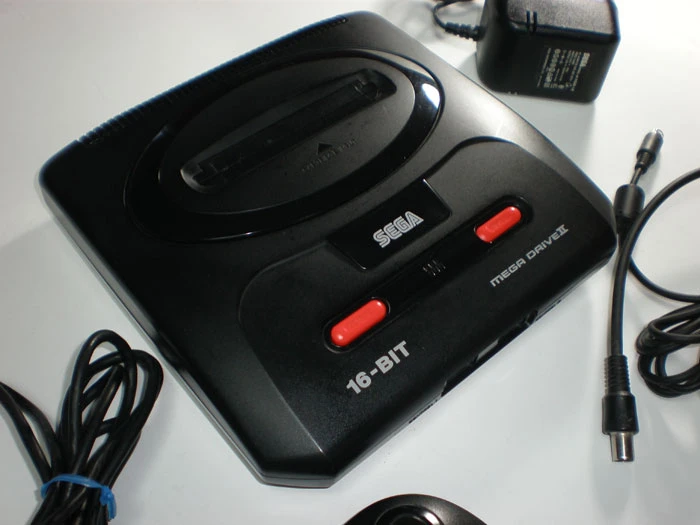
Sega bet on very aggressive marketing, reinforcing the image of their product as a technology close to arcades. Aimed at a more mature audience, it reached both children in search of affirmation and teenagers who were fleeing from the connection with toys.
They advertised on TV, sponsored the Williams Formula 1 team and told everyone that Mega Drive was the future of electronic entertainment.
Sonic the Hedgehog, Sega's eternal mascot, was born out of the need to rival Nintendo's popular plumber. Alex Kidd was never popular enough to take the position.
The slogan "Genesis Does" arrived punching in the face, with the jingle:
"Genesis does! (16-bit arcade graphics)
You can't do this on Nintendo!
Genesis does! (16-bit sports action)
You can't do this on Nintendo!
Genesis! (Does!)
Genesis! (Does!)
Genesis! (Does!)
(What Nintendon't)"
Childish. Straight in the face. And shamelessly using rival's name. Later, another memorable campaign would compare the Genesis processing to a drag racing car, versus a slow, heavy van being the SNES. The term "Blast Processing" became popular, and later used to exhaustion.
And Nintendo Strikes Back Back
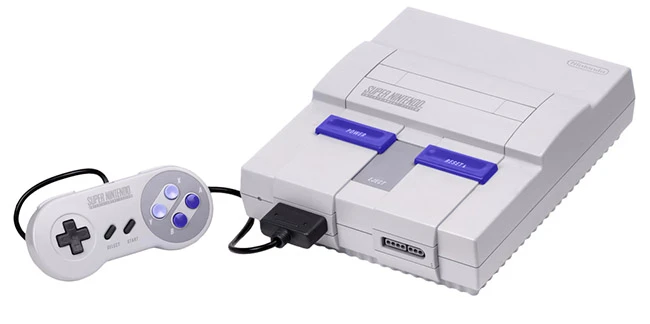
But turned out that actually "Super Nintendo does" that and something else. Bringing in features like rotation, scale and zoom (known as Mode 7 effects), and converting exclusive arcades, mainly from Capcom, the SNES quickly balanced the dispute. One of the most epic console wars ever.
By mid-1992, the two had nearly half the market each. A rivalry measured by every console sold. If before they had taken Sega as an annoying "insect", things have changed. Nintendo began hitting equally hard, naming games that "you don't see in Genesis" and creating their own legal marketing terms.
Among the most remembered are “Mode 7”, which was nothing more than a set of graphic effects, and “Playing Hard, Again”. The competition would be fierce almost to the end of the generation.
But some obstacles in Sega's path have tipped the scales the other way.
Street Fighter II: shoryuken for Nintendo
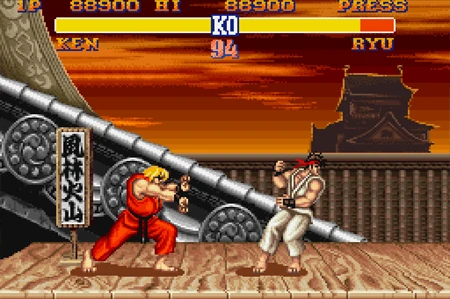
In March 1991, a big move for Nintendo. A real punch in Sega's face - in addition to her own stupidities, of course.
Street Fighter II, after captivating minds in arcades, got a version - and what a version - for the Super Nintendo. The exceptional conversion led players to rush to stores, trying to get a copy. Booking at rental stores was absolutely impossible: the cartridges didn't even stop on the shelves, going hand in hand all week.
Queues formed in Japan at launch; whoever acquired it was envied by his friends, as if they had an "arcade at home", despite the small imperfections.
A port for Mega Drive would be complicated, for technical and commercial reasons, so the SNES was gaining ground. Anyone who wanted Street Fighter at home would have to buy the Nintendo machine...
When Street Fighter II' Special Champion Edition finally appeared on Mega Drive, the competitor was about to receive the Turbo version, with full pockets and lots of new players. The installed base of the SNES has grown a lot.
But Street Fighter wasn't the only fighting game to play a role in the war. Something bloodier was about to shake the structures. Or the kombat.
Mortal Kombat: Sega fights back
The bloodiest and most macabre of the series, the first Mortal Kombat, almost ruined the fun for Nintendo. The Mega Drive port, although inferior to the SNES, had all the original atrocities through the insertion of a code - the unforgettable ABACABB (clear reference to the Genesis album).
On Nintendo's machine, following the policy of restricting violence in games, MK was severely censored. Fatalities were modified by pathetic moves. The blood from the mouths of the defeated fighters has been discolored.
Demoralizing. But with the adoption of the age rating system for games in the United States, there was no reason to be embarrassed again. Mortal Kombat II was amazing on the SNES: an almost perfect game, far superior to Genesis) and with all the gory players expected - appropriately labeled for adults.
Hits on water
CD-ROM

Eager to keep the lead, Sega stumbled over its own legs. Still in 1991, they developed the Mega-CD (Sega CD outside Japan), a console-peripheral that, coupled to the Mega Drive, playing CD-ROM based games.
Although the sound quality went to a fantastic level, the images were poor. The combined consoles architecture, using the Mega Drive graphics processor, generated few colors for filmed images, making them washed out and dull. Full Motion Video games, such as Night Trap and Sewer Shark, were made with actors, but the quality of the scenes were not enough.
Nintendo signaled the possibility of having its "Sega CD for SNES", but a SNES CD stayed in the promise. Images were leaked from a partnership with Sony, but the thing didn't take off, as the latter wanted control over games, as well as putting a name on the device: PlayStation.
The deal didn't come out, and Nintendo flirted with Philips. But seeing Sega sinking with the boat of CDs, they opted for keeping quiet, investing in technologies for the SNES, such as Super FX chips, of games like StarFox.
Sony didn't know it yet, but that was one of the most important steps in the history of the gaming industry...
Sega also took a chance on special chips with the SVP (Sega Virtua Processor), which allowed the Mega Drive to use features such as polygons, rotation and scale. But its cost made the cartridges too expensive, and only one was released, Virtua Racing – excellent result, superior even to the Super FX. Versions of Virtua Fighter and Daytona USA were considered, but with the high final cost of the carts, those titles were left for the next generation, the Saturn.
A weird version of Virtua Fighter was released much later, but it wasn't a 3D game anymore.
32X: what a mess
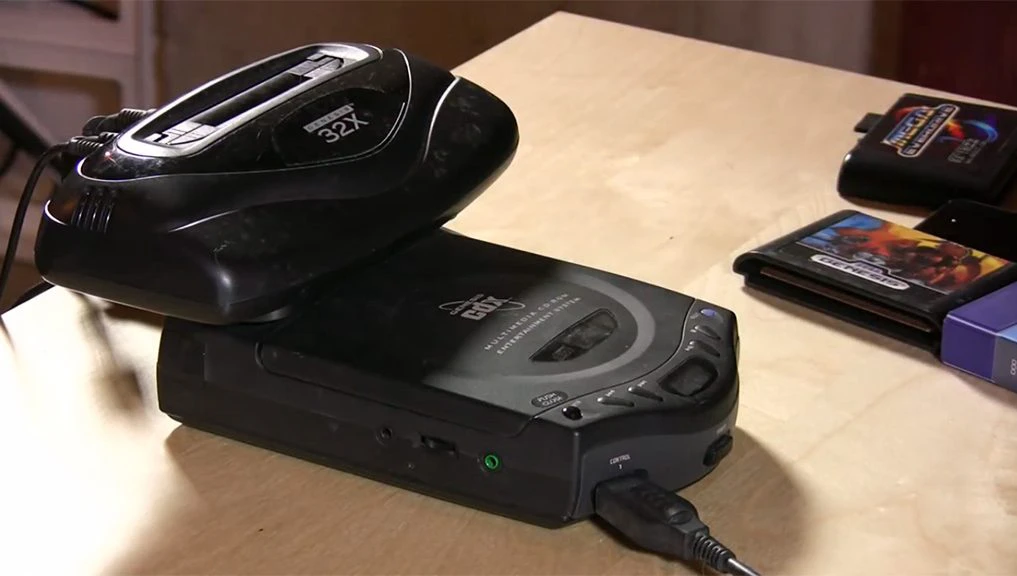
As if the near-total failure with the CD wasn't enough, Sega resolutely continued its self-destruction project with 32X, a bold (and dumb) attempt to take the Mega Drive to the 32-bit level. It wasn't horrible; it had 2.5D gaming potential (2D with 3D parts), but it didn't have timing, it didn't have the interest of companies or consumers. With Saturn already around, there was bizarre internal competition. Measly 40 games released.
Among the few were good versions of Mortal Kombat II, Virtua Racing and Doom. With the almost simultaneous arrival of the Saturn, in late 1994, the console-peripheral lost the little space it had, ending the generation and the era of greatest dispute between companies.
Sega also released a mix of Mega Drive and Sega CD, the Genesis CDX (in Brazil, it got the horrible name Multi-Mega CDX). A messed up project, which did not accept some peripherals and caused problems in others. If connected to 32X, it could work, but also could cause permanent damage to the cartridge slot, and the CD cover would not open properly. The weight could also tilt the kit.
If any 💩 happened, it was officially user's fault. Nice, Sega...
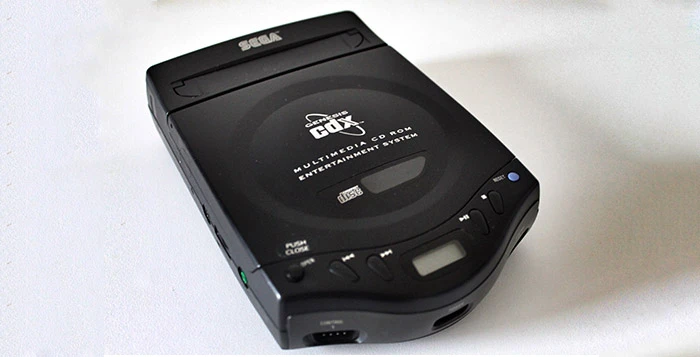
Meanwhile, Nintendo remained quiet, making some good old money. Instead of new hardware adventures, they preferred to innovate on technologies, like the pre-rendered graphics of Donkey Kong Country, and bring to the SNES next-gen hits like Street Fighter Zero, which, while far from perfect, gave the system survival.
It was during this period that the SNES finally oversold the Mega Drive, opening an advantage, that would last until the end.
At the end of the generation, Nintendo had one of the best video game consoles ever created. Mega Drive, the oldest challenger, had an excellent result. Nintendo won again, but at least the battle had been balanced, unlike the NES that slaughtered the Master System.
The 32-bit Battle
Heads on Saturn
Working on the project secretly since 1993, Sega was preparing the Saturn to be their future star, perhaps the brightest 32-bit star. With much more power than its predecessors, it had everything to achieve.
Wasn't for some "details".
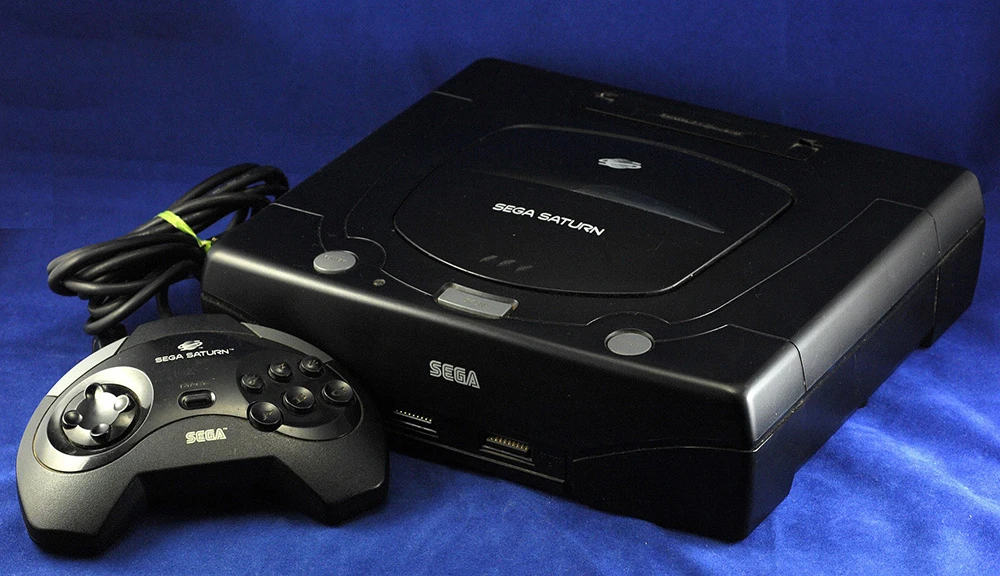
Of more common architecture, creating games for Sony's promise was easy and produced better results. The only advantage of Saturn was in 2D, and that's where it had more expressive titles, with almost perfect or even perfect conversions from arcades like Marvel Super Heroes, Street Fighter Zero, The King of Fighters and others from Capcom and SNK.
New-gen icons like Tomb Raider and Resident Evil, even on both devices, were slightly superior on Sony's side.
In other words: after being defeated by Nintendo, another fighter appeared, younger and ready to trample Sega's dreams.
What about Nintendo?
At first, they remained cautious, investing in the SNES and preparing the so-called "Project Reality". It was delayed and already a cause for some impatience among players and the press.
In partnership with Silicon Graphics, the device was developed as Ultra-64, and later finally released as Nintendo 64.
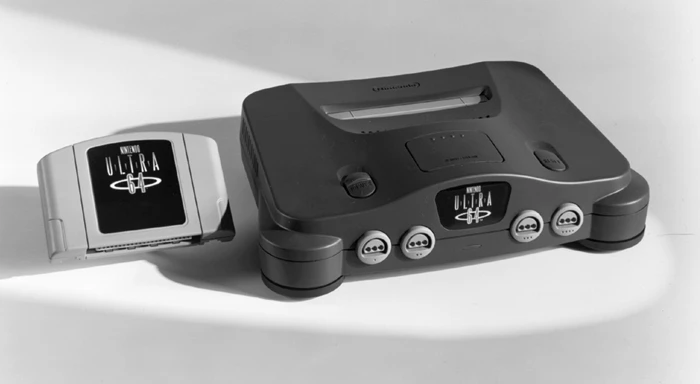
The subject of the article is the Sega vs Nintendo battle, so it can't go on, as there was no dispute in 32-bit. Nintendo's first foray into this level was the Virtual Boy, a VR goggle-shaped console – and colossal flaw – that, being so peculiar, can't be compared to a typical console. The Game Boy Advance would come much later, when Sega had already abandoned the Dreamcast.
By the time, Sega and Nintendo had to worry about Sony. Saturn wasn't bad, but it was destined to be a lesser name. Not even a popstar like Sonic had luck, with weak games that didn't live up to his brand. They tried to invest in new characters, like in the Yu Suzuki's game Nights - Into Dreams - good one, by the way.
Previously strong markets for Sega were also uncooperative, and the Saturn was soon abandoned in favor of another device.
Dreamcast: dream is over
In 1998, Sega tried the final shot with the Dreamcast. Inaugurating the supposed "128-bit era" (it wasn't quite like that), the hardware was far superior to rivals at the time, PlayStation and Nintendo 64.
It was also innovative, allowing network gaming via a 56k modem. Microsoft worked together, with Windows CE being the platform for some games (the operating system was not on the console, but on each game's disc, giving developers freedom to customize it as they need).
It's important to note that 128-bit was only a label. Its processor was a 32-bit Hitachi SH-4. The GameCube, which would come soon after, also had a 32-bit PowerPC at its heart. Rather than explaining to the public that CPU architecture would make no difference to the quality of games, some consoles at the time were advertised as the ridiculous "128-bit machine".
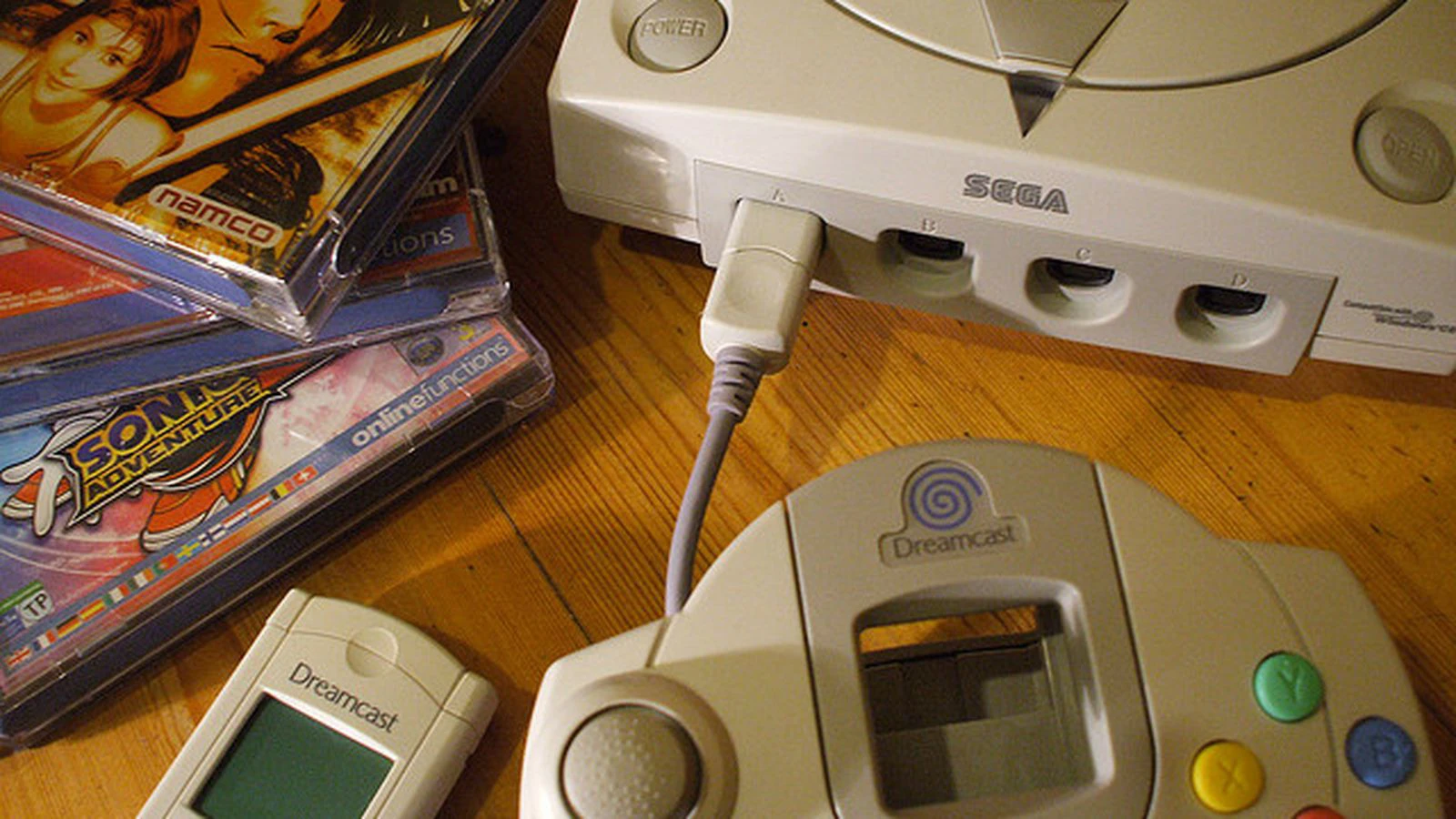
The partnership gives free reign to imagination: what if the Dreamcast had worked? Maybe today we wouldn't have Xbox, but rather a line of Dreamcasts from Sega and Microsoft. Who knows, maybe Microsoft buying Sega.
The beginning was beautiful. Great sales, best console debut ever: first wee, 500,000 units sold. It was recognized for its technological innovations, including the use of cel-shading (that creates shadows like comic books), peripherals like the Samba de Amigo maracas, the modem for network games, etc.
But it wasn't enough to convince an avid PlayStation 2 fanbase.
Sega's surrender
By the end of 1999, Sega was suffering monstrous losses. Management came to the conclusion that the hardware market was no longer profitable. They would focus their strengths on software production.
On January 31, 2001, the "surrender" was announced: they would start to develop and license games – including for old rivals like Sony and Nintendo. After a partial merger with the arcade producer Sammy, they would also create arcade software and hardware.
Fans were devastated, but finances slowly recovered. There, part of the history of video games ended. Today, anyone who plays Sonic on a Nintendo machine can't imagine how surreal that was decades ago. Like a Mac running Windows from factory.
Brazilian press
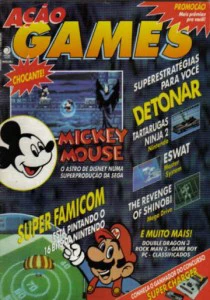
With the mutual disgust between companies and players, the press got into the mood. After all, fight sells.
At the beginning of specialized magazines, the common option was to publish content about all systems, as happened with Ação Games, launched in late 1990 by journalist Marcelo Duarte. From then on, others would appear in the same style, such as Videogame.
In 1991, Supergame was created by Editora Nova Cultural. With a funnier editorial line and focused solely on Sega, they began to become successful. Mocking Nintendo and adoring Sega products were part of the magazine's identity. The console war was reaching publications.
According to readers, Ação Games, after some time, began to side with Sega. Supposedly for accepting sponsorship from the national representative, Tectoy. This annoyed Nintendo fans, who obviously wouldn't admit a magazine ignoring their favorite side.
In 1994, Supergame merged with Gamepower, specialized in Nintendo, forming SuperGamePower and publishing about all systems. Sega had already started its agonizing march, with a series of unfortunate projects. Supergame readers have been pushing radicalism aside and surrendering to the "Nintendo side of the force". Why have only one video game if we could have two?
Ação Games, with a high price for the few pages (mainly compared to the almost 100 pages of the SGP), failed and was closed. There was still time for the traditional Electronic Gaming Monthly to appear in the country, which would only happen in 2002. Thus, the SGP dominated for a long period, its reign only falling with the arrival of the internet.
Who won the war?
Who won the Sega vs Nintendo war? With Mega Drive, Sega went from being a nobody to a giant. Despite the financial disaster around 2001, after becoming a softhouse, they returned to profit. Nintendo, reinforced as "Big N", is still around, fighting PlayStations and Xboxes. And players, without prejudice, can have fun on any platform.
To nostalgic ones, the memories of the rivalry between Sonic and Mario. It was a good reason to have two consoles.
[This article was originally written and published in Brazilian Portuguese.]


